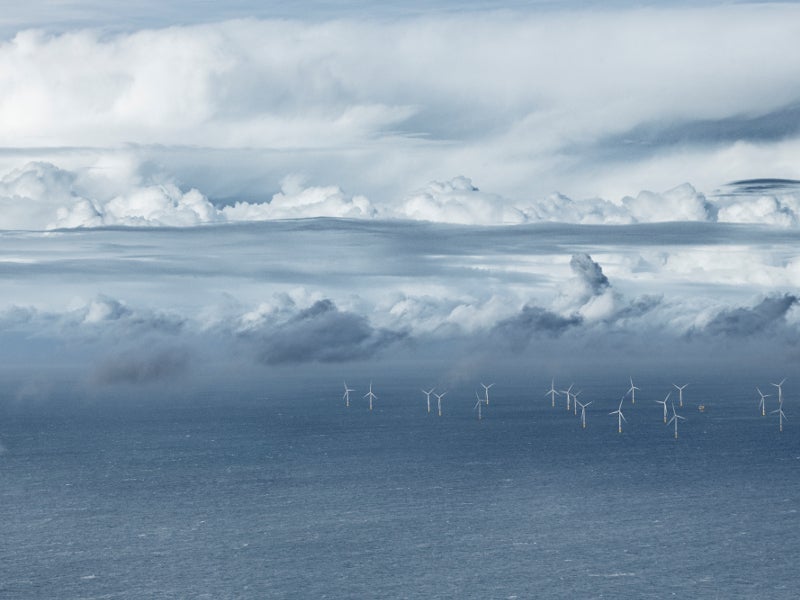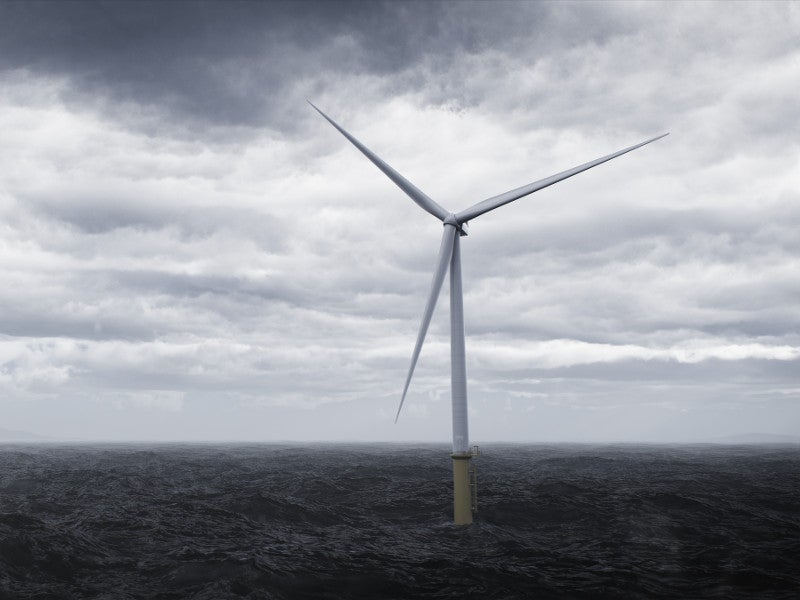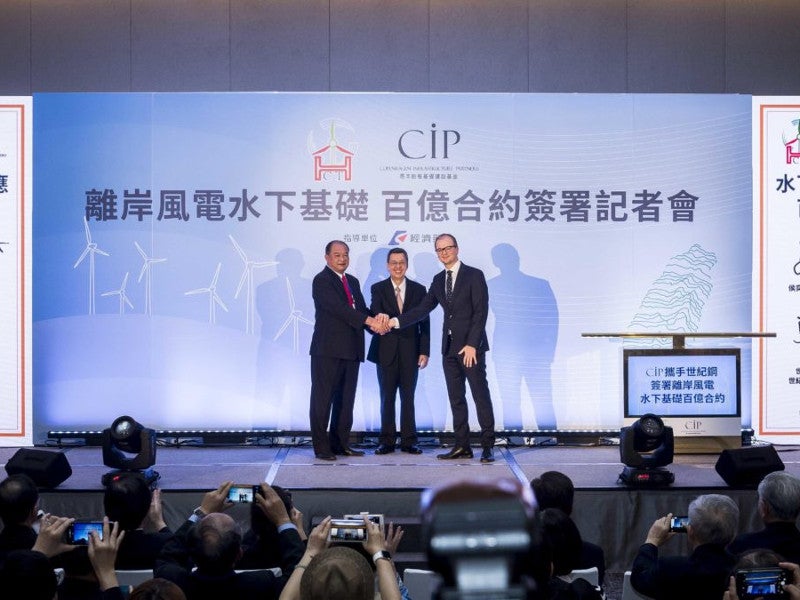Changfang and Xidao project will include two 589MW offshore wind farms being developed in Taiwan.
Copenhagen Infrastructure Partners (CIP) is developing the project. CIP also owns the project through its managed funds Copenhagen Infrastructure II (CI II) and Copenhagen Infrastructure III (CI III), while Taiwan Life Insurance and TransGlobe Life Insurance hold a minority stake.
The electricity generated by the wind farms will be sold to Taiwan Power Company under a 20-year power purchase agreement (PPA).
Changfang and Xidao project is expected to generate 5,300 jobs and TWD$9.2b ($302.6m) in economic value for Taiwan.
The project engineering and pre-construction works began in 2019, while the wind farm construction is expected to start in the first quarter of 2021. The wind farms are expected to begin commercial operations in the first quarter of 2024.
Changfang and Xidao wind farm location
The project will be located in the Taiwan Strait, approximately 11km off the coast of Fangyuan Township, Changhua County, central Taiwan.
The offshore wind farms will be located in a zone allocated by the Bureau of Energy for offshore wind development.
Changfang and Xidao wind farm development
The project will be developed in three phases. The first phase of Changfang will involve the installation of ten 9.5MW turbines in 2022.
Scheduled to commence in 2023, the second phase of Changfang wind farm will involve installing 47 turbines with a total capacity of 446.5MW.
The final phase of the project will involve the installation of five 9.5MW turbines for the Xidao wind farm in 2023.
Phase one of the Changfang wind farm will be supported by a 16-year full-scope service agreement with MHI Vestas for operations and maintenance, while phase two of the Changfang and Xidao wind farms will be covered by a 15-year agreement.
Changfang and Xidao wind farm details
The Changfang and Xidao wind farms will include 62 units of V174-9.5MW turbines with a combined capacity of 589MW. Each turbine will have a rotor diameter of 174m and swept area of 23,779m².
The wind turbines will be based on three-legged jacket foundations with each installed on three piles driven into the seabed.
A network of approximately 73km of 66kV inter-array, buried, subsea cables will be used to connect turbine strings.
Seven 66kV buried, subsea export cables will transmit power from the wind farms to the landfall at Lunwei District in Changbin Industrial Park, while seven 66kV buried, onshore export cables will transmit electricity from the landfall to the onshore substation.
The onshore substation in Changbin Industrial Park will convert the transmission voltage levels from 66kV to 161kV. Three 161kV buried, export cables will connect the onshore substation to the Taipower grid connection point within the Changbin Industrial Park.
Changfang and Xidao project financing
The project will be financed through a combination of equity and senior loans from a consortium of 25 international and Taiwan banks, financial institutions and six export credit agencies.
Approximately TWD$90bn ($3bn) has been raised from the banks and financial institutions.
Nippon Export and Investment Insurance (NEXI) will provide loan insurance covering a financing portion of TWD$10.2bn ($340m) to support the wind turbine generator procurement.
FIH Partners advised CIP on the financial closure of the wind farm project.
MUFG acted as the financial advisor, while CTBC was the local financial advisor for the project debt financing. White & Case and Baker McKenzie acted as the legal advisor and local legal advisor respectively.
Watson Farley & Williams advised the financial partners on the project financing, multi-contracting construction and operations strategy.
New Power Partners, PeakWind, Lautec, Wood Thilsted Partners, Bech Bruun and JUM-BO Consulting Group were contracted for the project under framework agreements.
Contractors involved
Copenhagen Offshore Partners (COP) is responsible for organising and leading wind farm development and construction.
MHI Vestas Offshore Wind was contracted to supply the turbines, while Century Wind Power and Bladt Industries will manufacture the jacket foundations.
Boskalis and Hwa Chi Construction were awarded the foundation contract for the project. The marine construction works will be performed using Boskalis’ Bokalift 2 crane vessel.
Teco Electric & Machinery was contracted for the construction of onshore substations, while CSBC-DEME Wind Engineering was responsible for the transportation and installation of the turbine generators.






